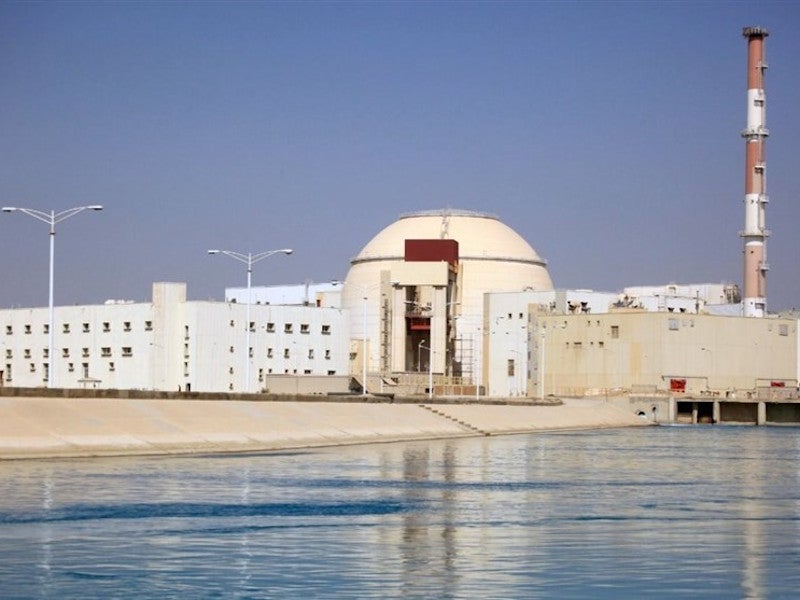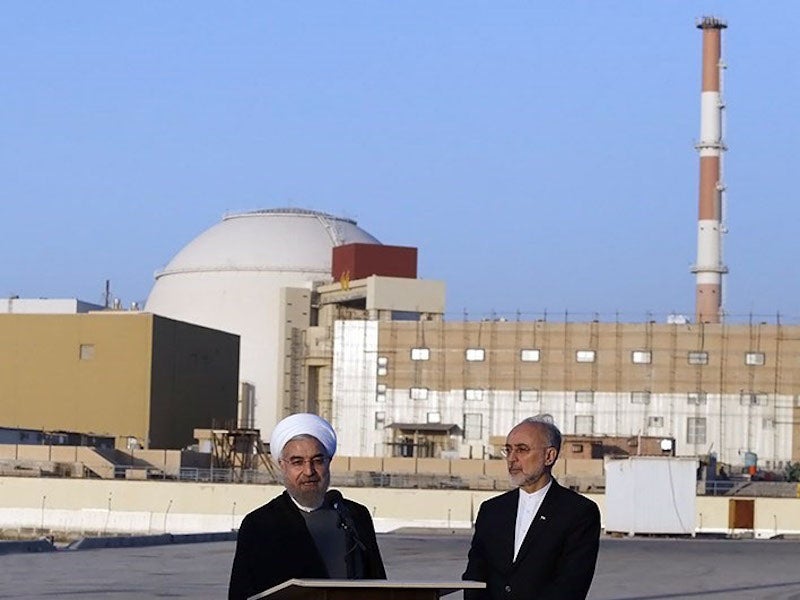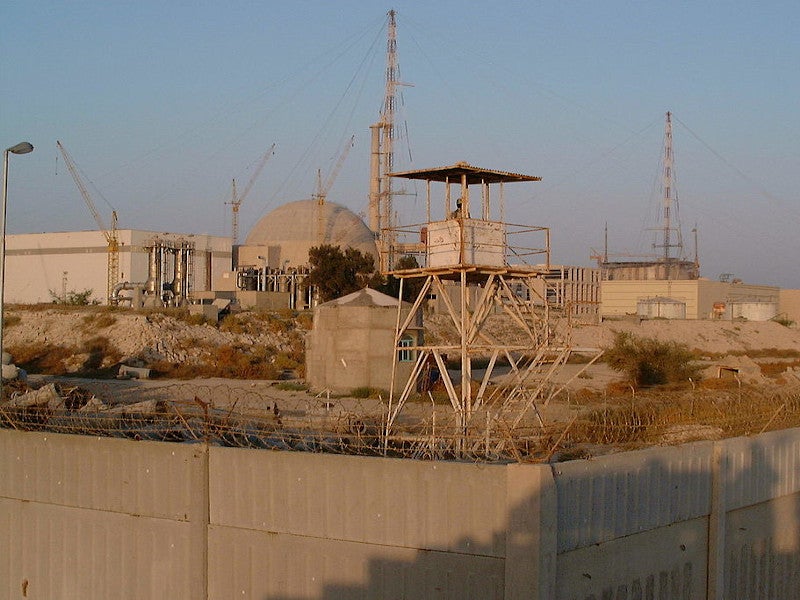The Bushehr nuclear power plant (NPP) in Iran, built with Russian technology, has been operational since 2011. It is the first civilian nuclear energy generating facility in the Middle East.
The Bushehr NPP, owned by the Islamist Republic of Iran through its nuclear division, Atomic Energy Organization of Iran (AEOI), is currently operated with a single 915MW reactor unit.
The unit was temporarily brought offline for fuel change and overhaul in April 2020 and it was refueled and reconnected to the grid for the first time by the Iranian technicians without Russian help in June 2020. Busher-1 produced 5,865GWh of electricity in 2019, compared to 6,300GWh in 2018.
The Bushehr nuclear power station is being expanded by two more Russian reactors of 1,057MW capacity each. The construction works for the Bushehr NPP expansion were started in October 2017, while the main construction of the Bushehr-2 reactor unit was started in September 2019.
Bushehr-2 is scheduled for commissioning in 2025 while Bushehr-3 is expected to come online in 2027 which will increase the total net generating capacity at the site to 3GW. Each reactor will have an operating life of approximately 60 years.
AEOI’s subsidiary Nuclear Power Production and Development Company of Iran (NPPD) is the developer and operator of the Bushehr nuclear power station.
Location and project background
The Bushehr nuclear power plant is located on the Iranian coastline on the Persian Gulf near Halileh, approximately 12km south of the Bandar-e-Bushehr port city of Bushehr province, in south-western Iran.
The construction of the Bushehr NPP with an originally planned capacity of 1.2GW was started in 1974 by the German company, Kraftwerk Union, which was a joint venture of Siemens and AEG.
The construction, however, was suspended with Germany abandoning the project due to international diplomatic pressures in 1978, the year before the Iranian Revolution took place.
The Bushehr nuclear power project was reinitiated after a civil nuclear energy cooperation agreement was signed between Iran and Russia in August 1992 and the construction works were restarted at the site in January 1996.
Bushehr-1 nuclear power plant
The Bushehr-1 reactor unit obtained an operational license after the construction of the facility in 2010. It achieved criticality for the first time in May 2011 and was connected to the grid in September 2011, while commercial operation started in September 2013.
The plant is equipped with a VVER V-446 pressurised water reactor (PWR) of 1GW gross electrical capacity and 3GW of thermal capacity.
The plant generated a cumulative total of 36.92TWh of electricity operating at an average load factor of 66.4 % by the end of 2019.
Bushehr 2 & 3 nuclear reactors
Bushehr-2 and Bushehr-3 both use V-528 VVER-1000 Generation III+ Russian PWR design. Each unit will have a net electricity generating capacity of 974MW, while the gross electricity and thermal capacity will be 1,057MW and 3,012MW respectively.
The total investment for the two new units is estimated to be more than £8bn ($10bn).
The soil stabilizations work under the Bushehr-2 reactor building was started in May 2018 while the first concrete was poured in November 2019.
Contractors involved with the Bushehr nuclear power plant
Atomstroyexport (ASE), a subsidiary of Russia’s state-owned Rosatom was awarded the engineering, procurement, and construction (EPC) contract for the second and third reactor units at the Bushehr NPP in November 2014.
Atomstroyexport subcontracted Orgenergostroy to provide the design of the mounting base for the Bushehr-2 reactor unit in March 2016.
Atomstroyexport was also engaged as the general contractor for the Bushehr-1 facility after the original contract with Kraftwerk Union was terminated in 1980.





